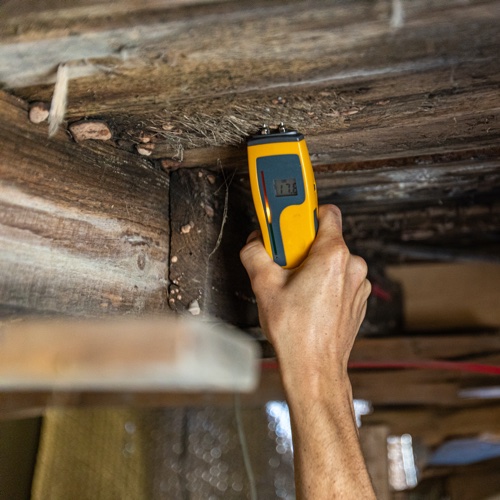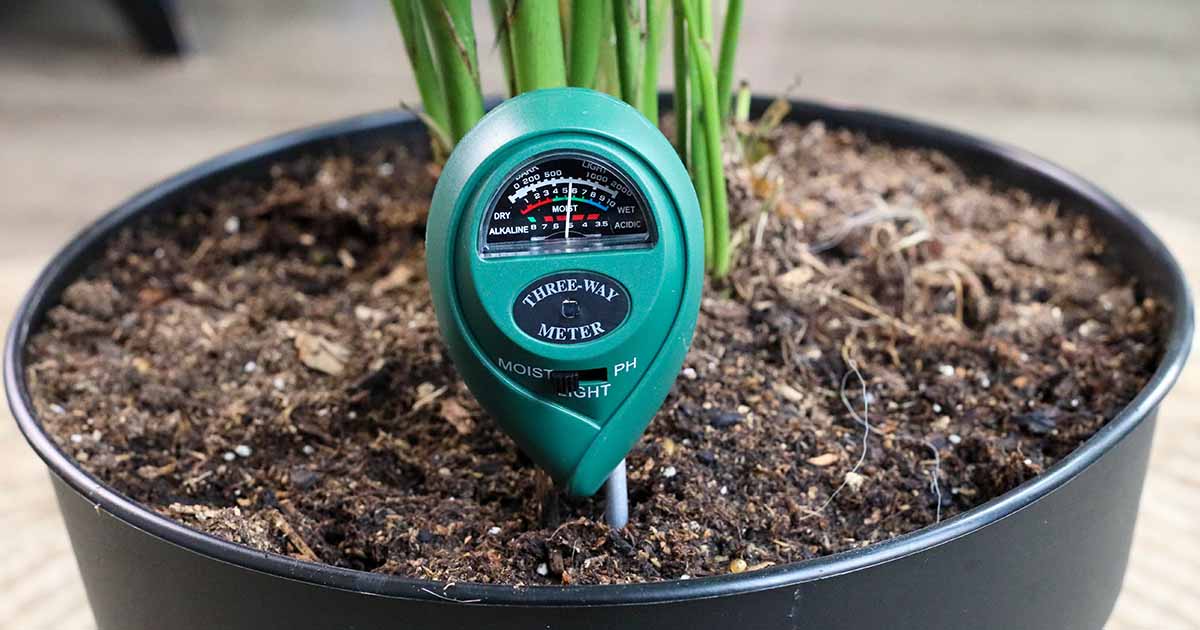To use a moisture meter, simply insert the prongs of the meter into the material you want to test and take a reading. Moisture meters are simple and effective tools used to measure the moisture content in various materials, including wood, concrete, and soil.
Proper use of a moisture meter can prevent damage, ensure safety, and save time and money. By accurately measuring moisture levels, you can identify potential problems such as moisture-related decay, mold growth, and structural damage. Whether you are a diy enthusiast or a professional in construction, flooring, or agriculture, understanding how to use a moisture meter is essential for successful and efficient projects.

Credit: thecraftsmanblog.com
What Is A Moisture Meter?
A moisture meter is a tool used to measure the moisture content of various materials. It is commonly used in construction, woodworking, and agriculture industries. The main purpose of a moisture meter is to determine whether a material is sufficiently dry or has excessive moisture.
This information is crucial as it helps prevent issues like mold growth, weakening of structures, or damage to products. Moisture meters typically have key features such as a digital display, adjustable settings, and different probing options to cater to different materials.
There are various types of moisture meters available, including pin-type meters that measure resistance and pinless meters that use electromagnetic waves. Understanding the definition, purpose, key features, and types of moisture meters is essential for effectively using this tool in various applications.
How to Use a Moisture Meter: Step by Step Guide
Using A Moisture Meter Effectively
Using a moisture meter effectively requires following a step-by-step guide. Start by selecting the appropriate meter for your needs. Ensure that the surface to be measured is clean and dry. Place the moisture meter prongs firmly against the surface and wait for the reading to stabilize.
Make sure to take multiple measurements to ensure accuracy. It is also important to understand the different moisture levels and their implications. High moisture levels can indicate potential issues such as mold or structural damage, while low moisture levels can lead to issues with flooring or textiles.
By following these guidelines and understanding moisture levels, you can effectively use a moisture meter to assess and address potential problems.
Applications And Benefits Of Moisture Meters
Moisture meters are versatile tools with various applications and benefits in different fields. In agriculture and farming, they aid in determining soil moisture levels, ensuring proper irrigation and preventing overwatering or underwatering. Construction and woodworking professionals use moisture meters to assess the moisture content of wood, helping to prevent issues like warping, buckling, or rot.
Moisture meters also play a crucial role in home inspection and maintenance. They enable homeowners to detect moisture in walls, floors, and ceilings, preventing costly damages from mold and mildew. Additionally, moisture meters are valuable for monitoring the drying process of concrete and ensuring it reaches optimal moisture levels before applying finishes or coatings.
With their ability to provide accurate and reliable moisture readings, moisture meters are indispensable tools across various industries for efficient operations and quality control.
Frequently Asked Questions For How To Use A Moisture Meter
How Does A Moisture Meter Work?
A moisture meter measures the amount of moisture present in a material by using electrical conductivity or electromagnetic wave technology. The meter has two prongs that are inserted into the material, and it gives a reading based on the electrical resistance encountered.
This helps determine if the material is too wet or dry for its intended use.
Why Is It Important To Use A Moisture Meter?
Using a moisture meter is important because it helps prevent damage caused by excessive moisture or dryness. By measuring the moisture content of materials such as wood, concrete, or soil, you can identify potential issues like mold growth, structural damage, or plant health problems.

This allows you to take necessary measures to maintain the optimal conditions.
What Materials Can Be Tested With A Moisture Meter?
A moisture meter can be used to test a wide range of materials, including wood, drywall, concrete, soil, and even some food products. It is commonly used in industries such as construction, woodworking, agriculture, and restoration. By testing the moisture levels in these materials, you can ensure their quality, stability, and integrity.
How Accurate Are Moisture Meters?
Moisture meters can vary in accuracy depending on the model and technology used. However, modern moisture meters are designed to provide accurate readings when used correctly. It is recommended to calibrate the meter before each use and follow the manufacturer’s instructions for optimal accuracy.
Regular maintenance and calibration also help maintain accuracy over time.
How To Use A Moisture Meter?
To use a moisture meter, simply insert the two prongs into the material you want to test. Make sure the prongs are fully inserted and in contact with the material. Wait for a few seconds to allow the meter to take a reading, and then read the moisture level displayed on the screen.
Repeat the process at different locations for more accurate results.
Can A Moisture Meter Be Used On Wet Surfaces?
Some moisture meters are specifically designed to measure moisture on wet surfaces, while others may require the surface to be dry or slightly damp. It is important to check the specifications of your moisture meter to determine its capabilities. Always follow the manufacturer’s instructions to ensure accurate readings and avoid damaging the meter.
Conclusion
Understanding how to use a moisture meter is an essential skill for anyone working with wood, concrete, or other materials that can be affected by moisture levels. By following the simple steps outlined in this guide, you can ensure accurate and reliable readings that will help you make informed decisions about your projects.
Remember to always calibrate your moisture meter before use and take multiple readings to ensure accuracy. Utilizing the appropriate measurement mode and understanding the moisture content range for your specific material is crucial in interpreting the readings. By regularly monitoring moisture levels and taking appropriate action when necessary, you can prevent costly damages and ensure the longevity and quality of your work.
So, whether you are a professional contractor or a diy enthusiast, having a moisture meter in your toolkit is a wise investment. Take the time to learn how to use it effectively, and you’ll see the benefits in every project you undertake.

